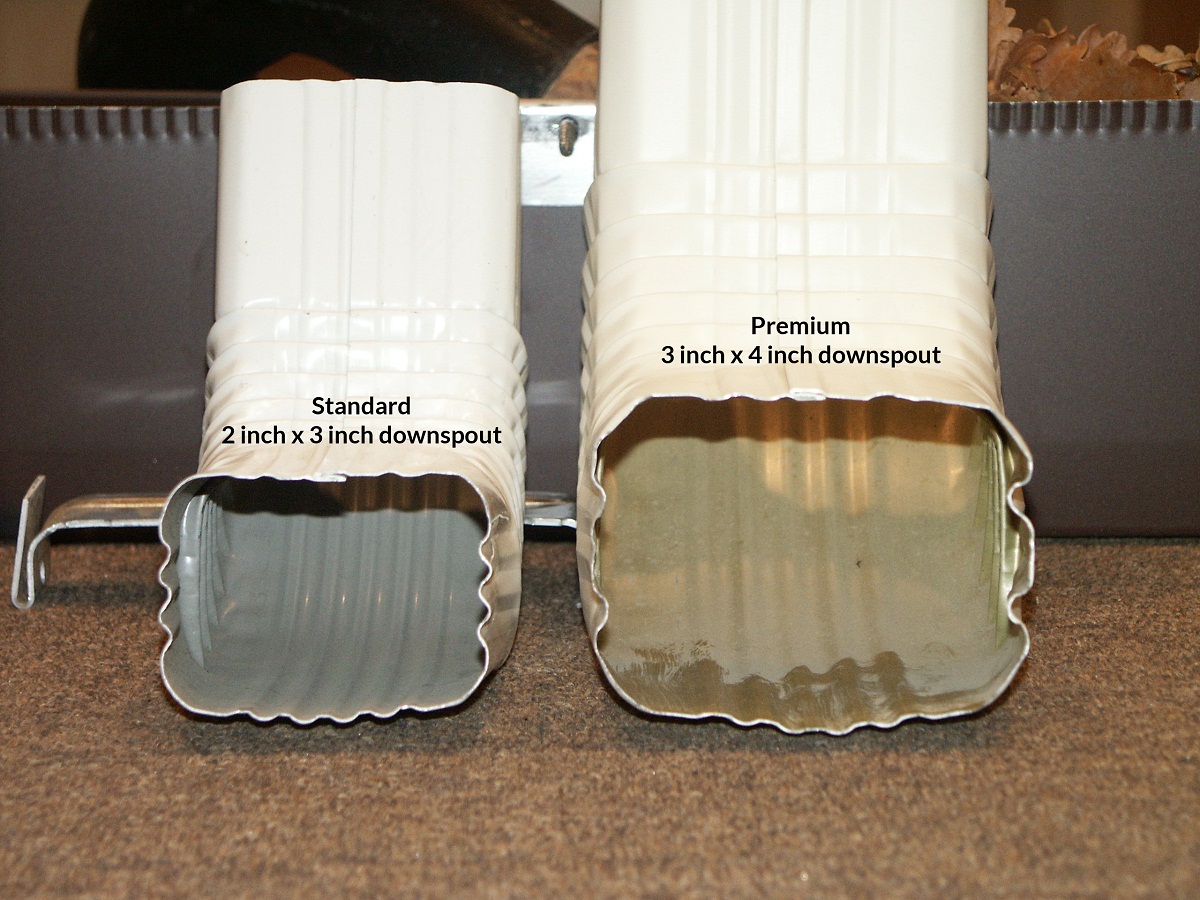

Articles
How To Size Gutters And Downspouts
Modified: December 7, 2023
Learn how to size gutters and downspouts with our informative articles. Find expert tips and advice for choosing the right gutter size for your home.
(Many of the links in this article redirect to a specific reviewed product. Your purchase of these products through affiliate links helps to generate commission for Storables.com, at no extra cost. Learn more)
Introduction
Welcome to our comprehensive guide on how to size gutters and downspouts. While often overlooked, properly sized gutters and downspouts are crucial for maintaining the structural integrity of a building and preventing water damage. Whether you’re a homeowner embarking on a DIY gutter installation project or a professional contractor looking to optimize your gutter system designs, we’ve got you covered.
Having the right size gutters and downspouts is essential for efficient water drainage during heavy rainfall. Without proper sizing, water can overflow, leading to foundation damage, basement flooding, and landscape erosion. By following the steps outlined in this guide, you’ll ensure that your gutter system can effectively handle the maximum rainfall intensity your area experiences.
Sizing gutters and downspouts is not a one-size-fits-all process. It involves considering several factors such as roof area, rainfall intensity, gutter size, downspout size, and any additional factors unique to your property. Understanding these factors and how they interact with each other is key to achieving an optimized gutter system.
In this guide, we’ll walk you through the step-by-step process of sizing gutters and downspouts. We’ll explain how to calculate the roof area, determine the maximum rainfall intensity, select the appropriate gutter size, choose the suitable downspout size, and consider any additional factors that may impact your gutter system’s performance.
Additionally, we’ll provide you with some installation and maintenance tips to ensure that your gutters and downspouts remain in top condition year after year. Regular maintenance is vital for keeping your gutter system functioning properly and preventing clogs and blockages that can lead to water damage.
So, whether you’re a novice DIY enthusiast or a seasoned professional, this guide will equip you with the knowledge and skills necessary to size gutters and downspouts accurately. Let’s dive in and get your gutter system properly sized for maximum efficiency and protection.
Key Takeaways:
- Properly sizing gutters and downspouts is crucial for preventing water damage, preserving landscaping, and optimizing gutter system performance. Consider roof area, rainfall intensity, and additional factors for accurate sizing.
- Installation and maintenance are essential for ensuring the optimal performance and longevity of your gutter system. Hire professionals for installation, use high-quality materials, and perform regular cleaning and inspections for effective maintenance.
Read more: How Many Downspouts Are Needed For Gutters
Importance of Properly Sized Gutters and Downspouts
Properly sized gutters and downspouts play a vital role in protecting your home or building from water damage. They are designed to collect and redirect rainwater away from the foundation and other vulnerable areas. Here are some key reasons why sizing your gutters and downspouts correctly is important:
- Preventing Water Damage: One of the primary purposes of gutters and downspouts is to prevent water from pooling around the foundation. When the gutters and downspouts are inadequately sized, water can overflow and seep into the ground near the foundation, leading to cracks, mold, mildew, and even structural damage. Properly sized gutters and downspouts ensure that rainwater is effectively directed away from the foundation, keeping it dry and intact.
- Preserving Landscaping: A well-functioning gutter system also helps protect your landscaping from erosion caused by excessive water runoff. Without properly sized gutters, water can wash away topsoil, damage plants, and create unsightly drainage problems. By redirecting water away from landscaped areas, properly sized gutters and downspouts preserve the beauty and integrity of your outdoor spaces.
- Preventing Basement Flooding: Inadequate drainage can lead to water seeping into basements and lower levels of buildings. This can result in costly property damage, mold growth, and health hazards. Properly sized gutters and downspouts ensure that rainwater is efficiently channeled away from the building, reducing the risk of basement flooding.
- Protecting Siding and Exterior: Oversized or undersized gutters can cause damage to the exterior of your home or building. When gutters are too small, they can’t handle the volume of water, leading to overflow and moisture damage to the siding, fascia, and soffit. On the other hand, oversized gutters may not adequately direct water away, causing water to accumulate and potentially damage the building’s exterior. Properly sized gutters and downspouts safeguard the longevity and appearance of your building’s exterior.
- Optimizing Gutter System Performance: Correctly sizing gutters and downspouts ensures efficient water flow and prevents clogging and blockages. When gutters are too small, debris can accumulate and cause backups, leading to damage and reduced functionality. On the other hand, oversized gutters can have poor water flow, making them less effective in carrying away rainwater. By sizing your gutters and downspouts correctly, you optimize the performance of your gutter system, minimizing maintenance needs and prolonging their lifespan.
Overall, properly sized gutters and downspouts provide essential protection against water damage, foundation issues, basement flooding, and landscape erosion. Investing time and effort into accurately sizing your gutter system is a wise decision that will help safeguard your property and ensure its long-term durability.
Factors to Consider When Sizing Gutters and Downspouts
Properly sizing gutters and downspouts requires considering several important factors. By understanding and taking these factors into account, you can ensure that your gutter system effectively handles the maximum rainfall intensity in your area. Here are the key factors to consider:
- Roof Area: The first step in sizing gutters and downspouts is to calculate the roof area. The greater the roof area, the more rainwater it will collect. Larger roof areas require larger gutters and downspouts to accommodate the increased volume of water.
- Maximum Rainfall Intensity: Determining the maximum rainfall intensity is crucial in sizing gutters and downspouts. This information is typically provided by local weather authorities or building codes. Rainfall intensity is measured in inches per hour and represents the amount of rain that falls in an hour at its peak intensity. Sizing gutters and downspouts to handle the maximum rainfall intensity ensures that they can handle the heaviest rain event without overflowing.
- Gutter Size: The size of the gutters is crucial for proper water flow and drainage. Gutters are typically available in different widths, such as 5 inches or 6 inches. The wider the gutter, the greater its capacity to handle water. Larger gutters are generally recommended for areas with heavier rainfall or larger roof areas.
- Downspout Size: Downspouts play a vital role in efficiently channeling water from the gutters to the ground. The size of the downspouts should match the capacity of the gutters to prevent clogging and overflow. Downspouts are available in various sizes, such as 2×3 inches or 3×4 inches, indicating their width and height dimensions. Larger downspouts are recommended for areas with significant rainfall or when multiple gutters are feeding into a single downspout.
- Pitch and Slope: The slope or pitch of the roof affects how quickly water flows off the roof and into the gutters. Steeper roofs generally require larger gutters and downspouts to handle the higher volume of water flowing down. Additionally, the pitch of the gutter system itself should be taken into account to ensure proper water flow towards the downspouts.
- Building Location and Surroundings: The climate and surroundings of the building can impact the sizing of gutters and downspouts. Buildings in areas with frequent heavy rainfall or areas prone to storms may require larger gutters and downspouts to handle the increased water flow. Similarly, buildings surrounded by trees or vegetation may need larger gutters to accommodate debris and prevent clogging.
- Additional Factors: Depending on your specific situation, there may be additional factors to consider when sizing gutters and downspouts. This can include factors such as the presence of awnings, overhangs, or other architectural features that can affect water flow. It’s important to assess these factors and make adjustments to ensure optimal performance.
By carefully considering these factors, you can ensure that your gutter system is properly sized to handle the maximum rainfall intensity in your area and effectively channel water away from your building, protecting it from water damage and potential issues.
Step-by-Step Guide to Sizing Gutters and Downspouts
Sizing gutters and downspouts may seem daunting, but by following a step-by-step approach, you can ensure accurate and effective sizing. Here is a comprehensive guide to help you through the process:
- Calculate the Roof Area: Start by measuring the length and width of each roof section independently. Multiply the length by the width to calculate the area of each section. Add together the areas of all the sections to determine the total roof area. This measurement will be essential for sizing your gutters and downspouts.
- Determine the Maximum Rainfall Intensity: Contact your local weather authorities or consult local building codes to obtain information on the maximum rainfall intensity in your area. This measurement is typically given in inches per hour. Knowing the maximum rainfall intensity will help you select gutters and downspouts that can handle the increased water volume during heavy rain events.
- Select an Appropriate Gutter Size: Use a gutter sizing chart or consult a professional to determine the suitable gutter size based on your roof area and maximum rainfall intensity. Consider factors such as the width of the gutter and its capacity to handle water flow. Typically, larger gutters (5-6 inches wide) are recommended for areas with significant rainfall or larger roof areas.
- Choose the Suitable Downspout Size: Determine the appropriate downspout size based on the capacity of your gutters. Consider the number of gutters that will be feeding into each downspout and the overall water flow requirements. Downspouts are available in different sizes, such as 2×3 inches or 3×4 inches. Larger downspouts are generally recommended for areas with higher rainfall or multiple gutters connecting to a single downspout.
- Consider the Roof’s Pitch and Slope: Assess the pitch and slope of your roof to ensure proper water flow towards the gutters and downspouts. Steeper roofs may require larger gutters and downspouts to handle the increased water volume. Additionally, the pitch of the gutter system itself should be adjusted for optimal water flow towards the downspouts.
- Take into Account the Building Location and Surroundings: Evaluate the climate and surroundings of your building. Buildings in areas with frequent heavy rainfall or storm conditions may require larger gutters and downspouts to handle the increased water flow. Similarly, buildings surrounded by trees or vegetation may necessitate larger gutters to prevent clogging from debris.
- Make Adjustments for Additional Factors: Consider any additional factors specific to your situation. This may include the presence of awnings, overhangs, or other architectural features that can affect water flow. Make appropriate adjustments to your gutter sizing calculations to ensure optimal performance.
- Consult with Professionals: If you’re unsure about any step or need assistance, consult with professionals such as contractors or gutter specialists. They can provide expert guidance and help you determine the most suitable gutter and downspout sizes for your specific needs.
By following these steps, you can accurately size your gutters and downspouts, ensuring that your gutter system is capable of effectively handling the maximum rainfall intensity in your area. Remember, proper sizing is key to preventing water damage, basement flooding, and other issues associated with inadequate drainage.
Calculating Roof Area
Calculating the roof area is a fundamental step in sizing gutters and downspouts. By accurately measuring and calculating the roof area, you can determine the amount of rainwater your roof will collect, which will guide you in choosing the right size gutters and downspouts. Here’s a step-by-step process to help you calculate the roof area:
- Divide the Roof into Sections: If your roof has multiple sections or slopes, divide it into separate sections. This is particularly important when calculating the area of complex roof designs.
- Measure the Length and Width: Start by measuring the length and width of each roof section independently using a measuring tape or a laser measuring device. Measure from the eave to the ridge for the length, and from one end of the roof section to the other for the width. Be sure to measure in the same units, such as feet or meters, for consistency.
- Calculate the Area of Each Section: Multiply the length by the width to calculate the area of each roof section. For example, if a section measures 30 feet in length and 20 feet in width, the area would be 600 square feet (30 ft x 20 ft = 600 sq ft).
- Add Up the Areas: If your roof has multiple sections, add up the areas of all the sections to determine the total roof area. This can be done by simply adding the individual areas together. For example, if you have two sections with areas of 600 square feet and 400 square feet, the total roof area would be 1,000 square feet (600 sq ft + 400 sq ft = 1,000 sq ft).
- Refine the Calculation for Complex Shapes: If your roof has complex shapes or features, consider breaking it down into smaller sections for more accurate calculations. Measure and calculate the area of each smaller section separately, then add up the areas to determine the total roof area.
It’s worth noting that the roof area calculation should only include the areas where rainwater will directly fall, excluding any overhangs, awnings, or other portions that don’t contribute to water collection. Including these areas could result in oversized gutter systems and unnecessary costs.
Accurately calculating the roof area is essential for sizing gutters and downspouts. It serves as a crucial factor in determining the capacity required to handle the maximum rainfall intensity in your area. Proper sizing ensures proper water flow, preventing overflow and water damage to your home or building.
Read also: 8 Incredible Gutters And Downspouts For 2024
Determining the Maximum Rainfall Intensity
In order to properly size gutters and downspouts, it is crucial to determine the maximum rainfall intensity in your area. This information helps you select gutters and downspouts that can effectively handle the volume of water during heavy rain events. Here is a step-by-step process to determine the maximum rainfall intensity:
- Local Weather Data: Research local weather data sources or contact your local weather authorities to obtain information on the maximum rainfall intensity in your area. They typically provide rainfall statistics and measurements.
- Building Code Requirements: Check local building codes and regulations as they often stipulate the maximum rainfall intensity to be used for building design purposes. These codes are in place to ensure that structures can withstand the heaviest rainfall events in the area.
- Peak Rainfall Rates: The maximum rainfall intensity is measured as the peak rainfall rate during a specified time frame, usually an hour. It represents the amount of rain that falls in that timeframe at its highest intensity.
- Historical Rainfall Data: Review historical rainfall data for your region. This can provide insights into the average and extreme rainfall events experienced over a long period of time. Although it may not reflect current conditions, historical data can be useful in understanding the potential range of rainfall intensity in your area.
- Localized Factors: Consider any localized factors that could impact rainfall intensity. For example, buildings located in urban areas with more concrete and less natural vegetation may experience higher rainfall intensity due to increased runoff.
- Consulting Professionals: If you are unsure about the maximum rainfall intensity or need assistance, it may be beneficial to consult with professionals such as meteorologists, engineers, or architects who have expertise in determining design parameters for structures.
Accurate determination of the maximum rainfall intensity is crucial to sizing your gutters and downspouts effectively. It ensures that your gutter system can handle the heaviest rain events in your area without overflowing or causing water damage to your property.
Keep in mind that the maximum rainfall intensity values provided by weather authorities or building codes represent a peak value and may not occur frequently. However, it is important to consider these values to ensure the resilience and longevity of your gutter system under extreme weather conditions.
By obtaining and applying the accurate maximum rainfall intensity value, you can make informed decisions when selecting the appropriate gutter and downspout sizes that will prevent water overflow and protect your home or building from potential water damage.
Selecting the Appropriate Gutter Size
Choosing the right gutter size is a critical step in sizing your gutter system. The size of the gutters directly influences their capacity to handle water flow and prevent overflow. Here are some guidelines to help you select the appropriate gutter size:
- Consider the Roof Area: The first factor to consider is the total roof area that the gutters will be serving. Larger roof areas generally require larger gutter sizes to handle the increased volume of water. Measure the length and width of each roof section and calculate the total roof area.
- Evaluate the Rainfall Intensity: Determine the maximum rainfall intensity in your area, which represents the amount of rain that falls during peak storm events. Consider the inches per hour measurement and ensure that the gutter size can handle this intensity without overflowing.
- Consult Gutter Sizing Charts: Use gutter sizing charts provided by manufacturers or industry resources. These charts correlate the roof area and maximum rainfall intensity with the appropriate gutter size. Select the gutter size that corresponds with the calculated roof area and falls within the recommended range for the rainfall intensity.
- Consider Downspout Placement: Evaluate the number and placement of downspouts in your gutter system. Larger gutter sizes may require additional or larger downspouts to effectively channel the water down and away from your building.
- Balance Aesthetics and Functionality: Take into account the visual appeal of the gutter size in relation to the overall design of your home or building. While functionality is key, you may also want to consider a gutter size that blends well with the architectural style.
- Seek Professional Advice: If you’re unsure about selecting the appropriate gutter size or need assistance, consult with professionals such as contractors, gutter specialists, or architects. They can provide expert advice based on your specific needs and requirements.
Ultimately, the goal is to choose a gutter size that can accommodate the maximum rainfall intensity your area experiences and effectively collect and channel the water without overflowing. This ensures the proper functioning of your gutter system and helps prevent water damage to your home or building.
Remember that improperly sized gutters that are too small may result in overflow, while oversized gutters may not efficiently carry the water flow. Finding the right balance according to your specific roof area and rainfall intensity is crucial for optimal gutter system performance.
By carefully considering these factors and following industry guidelines, you can select the appropriate gutter size that will effectively handle the water flow and contribute to the long-term durability and protection of your home or building.
When sizing gutters and downspouts, consider the average rainfall in your area and the size of your roof. A general rule of thumb is to have one square inch of downspout for every 100 square feet of roof area.
Choosing the Suitable Downspout Size
Choosing the right downspout size is an important aspect of properly sizing your gutter system. Downspouts are responsible for efficiently channeling water from the gutters to the ground and away from your home or building. Here are some considerations to help you choose the suitable downspout size:
- Assess the Gutter Size: Start by evaluating the size of your gutters. The capacity of the downspout should match the capacity of the gutters to ensure proper water flow and prevent overflow. If you have larger gutters, you will typically need larger downspouts to handle the increased water volume.
- Evaluate the Roof Area: Consider the total roof area that the downspouts will be draining. Larger roof areas will require higher water flow capacity, which may necessitate larger downspouts. Calculate the roof area to get a better understanding of the water volume that the downspouts will need to handle.
- Consider the Number of Gutters per Downspout: Take into account the number of gutters that will connect to each downspout. If multiple gutters are feeding into a single downspout, the downspout will need to handle a greater volume of water. In such cases, larger downspouts may be necessary to accommodate the combined flow.
- Factor in Rainfall Intensity: Consider the maximum rainfall intensity in your area. This refers to the amount of rain that falls during peak storm events. Ensure that the chosen downspout size can handle the anticipated water flow without overflowing or backing up into the gutters.
- Follow Industry Guidelines: Consult industry guidelines and recommendations for downspout sizing based on gutter size and roof area. Gutter manufacturers and industry resources often provide charts and formulas that correlate gutter size, roof area, and downspout size. Use these resources as a reference to select the appropriate downspout size.
- Consider Aesthetics and Location: Take into account the visual aspect and location of the downspouts. The size of the downspouts should align with the overall design and aesthetics of your home or building. Additionally, consider the available space for downspout installation and select a size that fits the location appropriately.
- Seek Professional Advice: If you’re uncertain about downspout sizing or need assistance, consult with professionals such as contractors, gutter specialists, or architects. They can provide expert advice and consider specific factors relevant to your property, helping you make the best decision.
Properly sizing your downspouts is crucial for efficient water flow and preventing issues such as overflow and water pooling. Choosing the suitable downspout size based on your gutters, roof area, rainfall intensity, and other relevant factors will ensure that your gutter system effectively directs water away from your home or building.
Remember that proper sizing of downspouts is just as important as gutter sizing in maintaining the functionality and performance of your gutter system. By following these guidelines and consulting professionals when needed, you can confidently select the suitable downspout size for your specific gutter system and ensure effective water drainage.
Taking into Account Additional Factors
When sizing gutters and downspouts, it is important to consider additional factors that can impact the performance and effectiveness of your gutter system. These factors go beyond roof area and rainfall intensity and help ensure that your gutter system is optimized for your specific property. Here are some additional factors to take into account:
- Presence of Trees and Vegetation: If your property is surrounded by trees or vegetation, consider the potential for debris falling into your gutters. This can increase the risk of clogging and blockages. In such cases, you may need to opt for larger gutters or install gutter guards to prevent debris buildup.
- Property Slope and Elevation: Assess the slope and elevation of your property. If your property has a significant slope, you might need to consider additional downspouts or adjust the sizing calculations to account for the increased water flow. The slope of your property can influence how quickly water runs off the roof and into the gutters.
- Architectural Features: Take into consideration any architectural features, such as awnings, overhangs, or extensions, that may impact water flow from the roof to the gutters. These features can affect the size and placement of gutters, as well as the choice of downspouts. Adjust your sizing calculations accordingly to accommodate these architectural elements.
- Building Materials: The type of building materials used on your roof and exterior walls can impact water flow and may necessitate adjustments in gutter and downspout sizing. Some materials, such as tile or metal roofs, may require larger gutters and downspouts to handle the increased water volume compared to other roofing materials.
- Climate Conditions: Consider the climate conditions in your area, including temperature fluctuations and extreme weather events. Harsh climates may require more robust gutter systems, with larger gutters and downspouts to handle the additional stress. Consult with professionals who are familiar with your region’s climate to determine the best sizing options.
- Building Codes and Regulations: Make sure to adhere to local building codes and regulations when sizing your gutters and downspouts. Local authorities often have specific requirements that ensure the structural integrity and safety of your building. Familiarize yourself with these codes to ensure compliance while selecting the appropriate sizes.
- Future Expansion: If you have plans for expanding or adding onto your property in the future, consider sizing your gutter system to accommodate these future changes. It is wise to allow some flexibility in the sizing to avoid major modifications or upgrades down the line.
By taking these additional factors into account, you can customize your gutter system to best suit the unique characteristics of your property. This will ensure proper water drainage and minimize the risk of issues such as clogging, overflow, and water damage.
Remember, each property is different, and considering these additional factors will help you make informed decisions when sizing gutters and downspouts. If you have any doubts or require expert advice, consulting with professionals in the field will provide valuable insights tailored to your specific needs.
Installation and Maintenance Tips
Proper installation and regular maintenance are essential for ensuring the optimal performance and longevity of your gutter system. Here are some valuable tips to keep in mind during installation and maintenance:
Installation Tips:
- Hire a Professional: If you’re not confident in your DIY skills, it’s best to hire a professional to install your gutter system. They have the experience and expertise to ensure accurate installation and proper sizing.
- Use High-Quality Materials: Invest in high-quality gutter materials that are durable and resistant to corrosion. This will prolong the lifespan of your gutter system and reduce the need for frequent repairs or replacements.
- Ensure Proper Slope: Install your gutters with a slight slope towards the downspouts to facilitate water flow. A minimum slope of 1/8 inch per foot is usually recommended for adequate drainage.
- Secure Gutters Properly: Ensure that your gutters are securely attached to the fascia or roof edge using strong, rust-resistant brackets or hangers. This will prevent sagging and ensure the gutters can withstand heavy rain and wind.
- Seal All Joints: Properly seal all gutter joints and connections using high-quality sealant to prevent leaks. Regularly inspect these seals during maintenance and repair any damaged areas promptly.
- Extend Downspouts: Direct the downspouts at least several feet away from your home’s foundation to prevent water from pooling and causing damage. Use downspout extensions or splash blocks to guide the water away from foundation walls.
Maintenance Tips:
- Clean Gutters Regularly: Remove leaves, debris, and other obstructions from your gutters at least twice a year or as needed. Clogged gutters can lead to water overflow, damage to the gutter system, and potential water damage to your property.
- Inspect for Damage: Regularly inspect your gutters for any signs of damage, such as cracks, rust, or sagging. Repair or replace damaged sections promptly to maintain the integrity and functionality of your gutter system.
- Trim Overhanging Trees: Trim tree branches and foliage near your roof to prevent leaves and debris from falling into the gutters. This will reduce the risk of clogs and blockages that can impede water flow.
- Check Downspouts: Inspect and clear the downspouts of any debris, such as leaves or twigs, that may have collected over time. Ensure that the downspouts are free from obstructions to allow for proper water drainage.
- Repair Leaks: Any signs of leaks should be addressed promptly. Repair small leaks with gutter sealant, and replace damaged sections if necessary. Leaks can cause water to spill onto your property, leading to potential damage and undermining the efficiency of your gutter system.
- Monitor Drainage: Observe how water flows through your gutters and downspouts during rainfall. Ensure that water is adequately directed away from your home’s foundation and that there are no signs of ponding or pooling near the downspouts.
By following these installation and maintenance tips, you can ensure that your gutter system functions optimally, preserving your home or building and protecting it from potential water damage. Regular maintenance and timely repairs will extend the lifespan of your gutters and downspouts, saving you time and money in the long run.
Remember, if you are unsure about any aspect of installation or maintenance, or if you encounter significant issues with your gutter system, it is best to consult with professionals who can provide expert guidance and assistance.
Conclusion
Properly sizing gutters and downspouts is crucial for maintaining the integrity and functionality of your gutter system. By accurately calculating the roof area, determining the maximum rainfall intensity, selecting the appropriate gutter size, and choosing the suitable downspout size, you can ensure efficient water drainage and protect your home or building from water damage.
Throughout this comprehensive guide, we’ve covered the step-by-step process of sizing gutters and downspouts, including the factors to consider, such as roof area, rainfall intensity, and additional considerations like architectural features and climate conditions. By taking these factors into account, you can customize your gutter system to suit your specific property’s needs and ensure optimal performance.
Installation and maintenance are also critical aspects of your gutter system’s success. Proper installation by professionals or with careful DIY attention, along with routine cleaning and inspections, will help prevent clogs, leaks, and other issues that can affect the functionality of your gutters and downspouts.
Regular maintenance, including cleaning gutters, inspecting for damage, and ensuring proper water flow, is essential for the longevity and effectiveness of your gutter system. By following the maintenance tips provided in this guide, you can proactively address issues, make timely repairs, and keep your gutter system in excellent working condition year after year.
To ensure accuracy and optimize the sizing of your gutter system, it’s always recommended to consult with professionals if you have any doubts or if your property has unique characteristics that require expert advice.
Remember, a well-sized and properly maintained gutter system will effectively channel rainwater away from your foundation, preventing water damage, basement flooding, and other issues associated with inadequate drainage. By investing the time and effort into sizing and maintaining your gutters and downspouts, you’re safeguarding your property and ensuring its long-term durability.
So, whether you’re considering a new gutter installation or assessing your existing gutter system, by following the guidelines in this comprehensive guide, you can confidently size your gutters and downspouts for maximum efficiency and protection.
Frequently Asked Questions about How To Size Gutters And Downspouts
Was this page helpful?
At Storables.com, we guarantee accurate and reliable information. Our content, validated by Expert Board Contributors, is crafted following stringent Editorial Policies. We're committed to providing you with well-researched, expert-backed insights for all your informational needs.
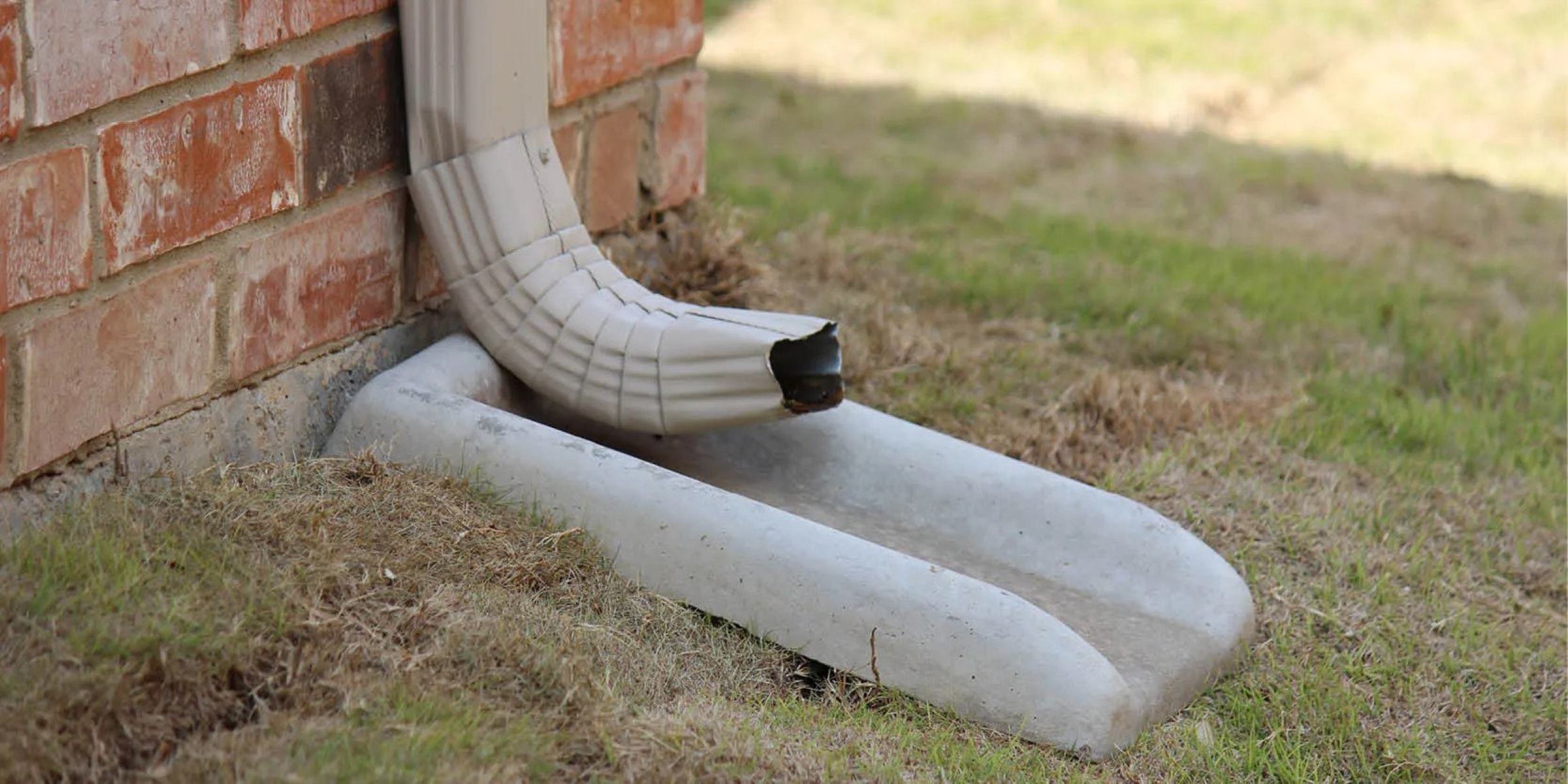
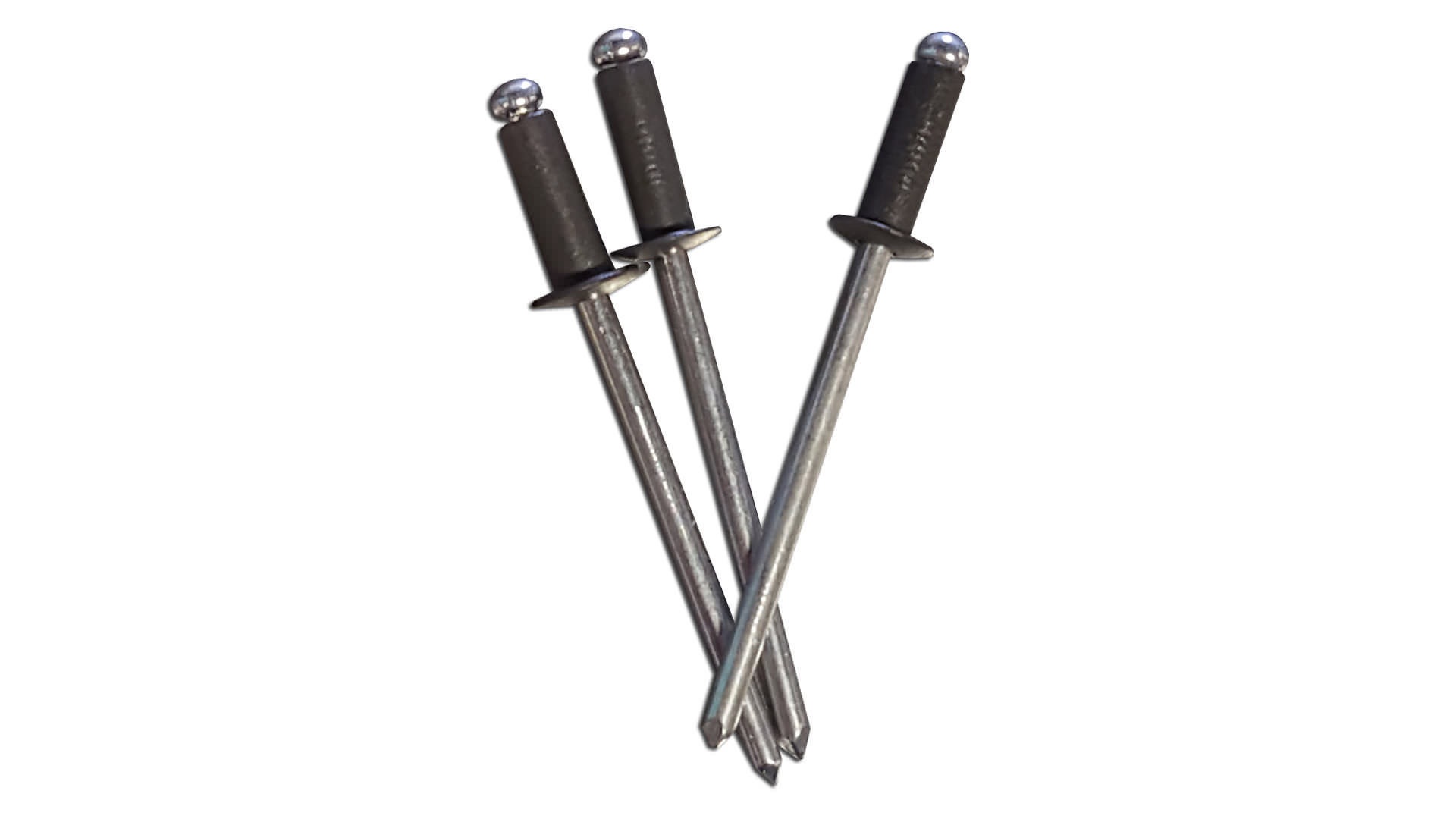
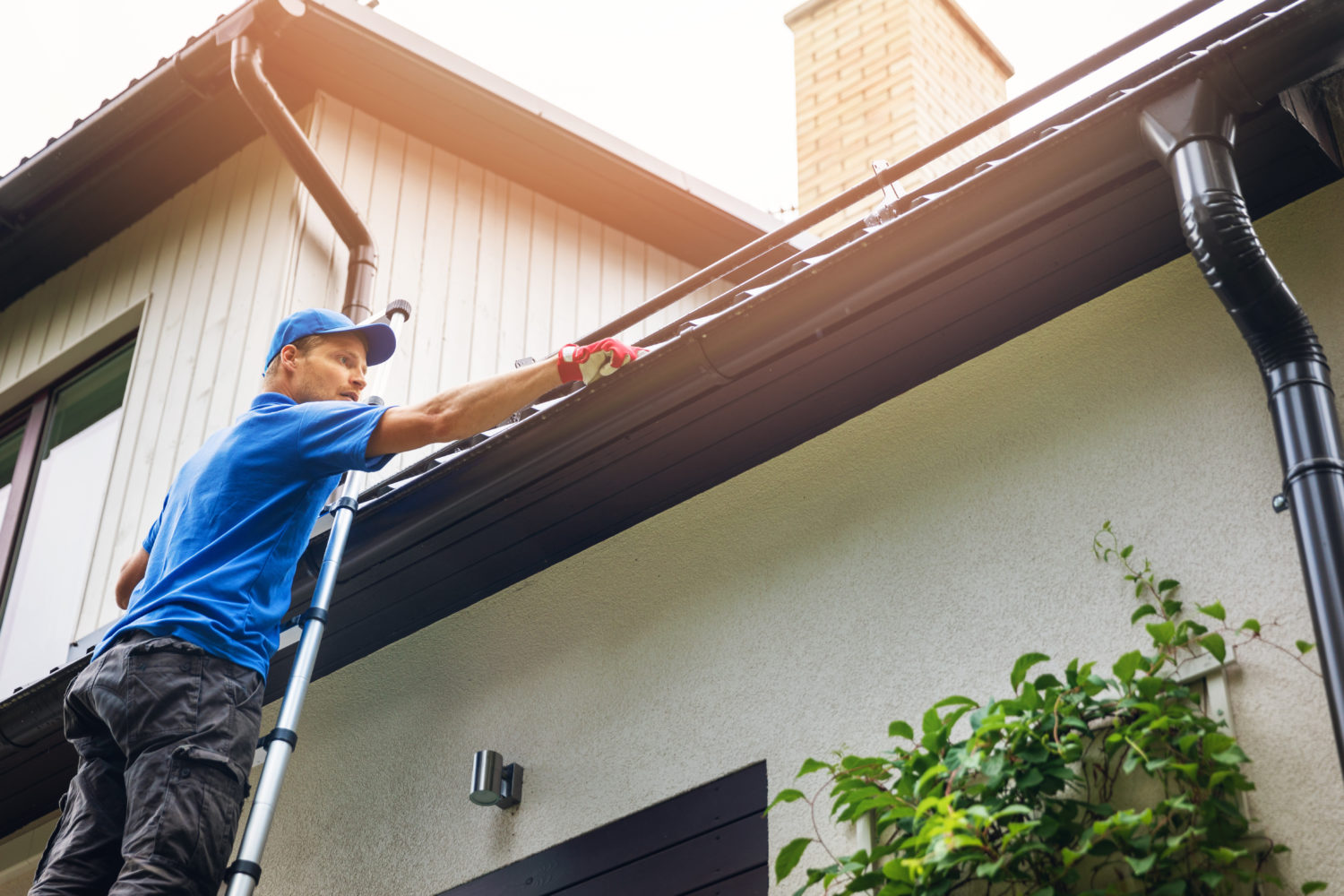
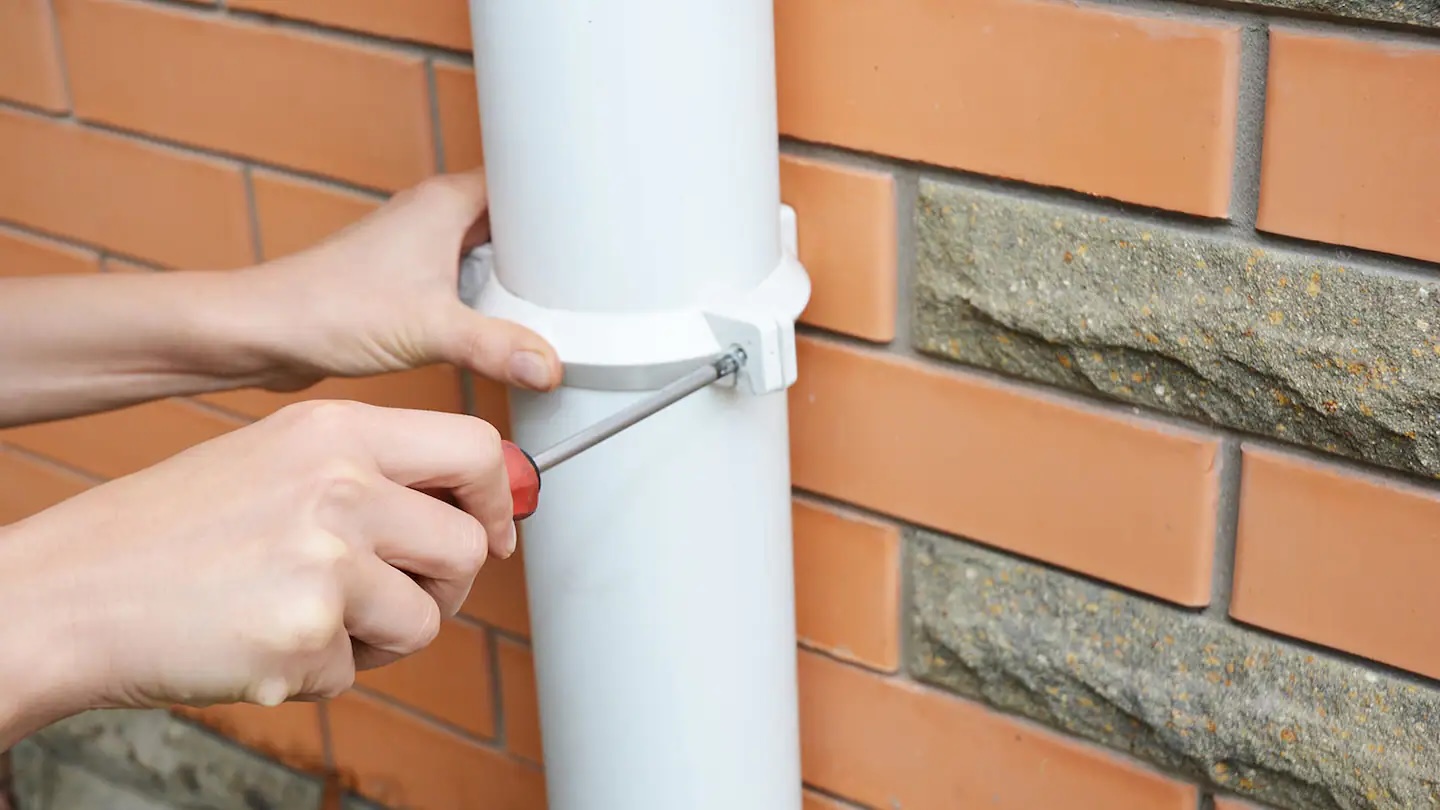
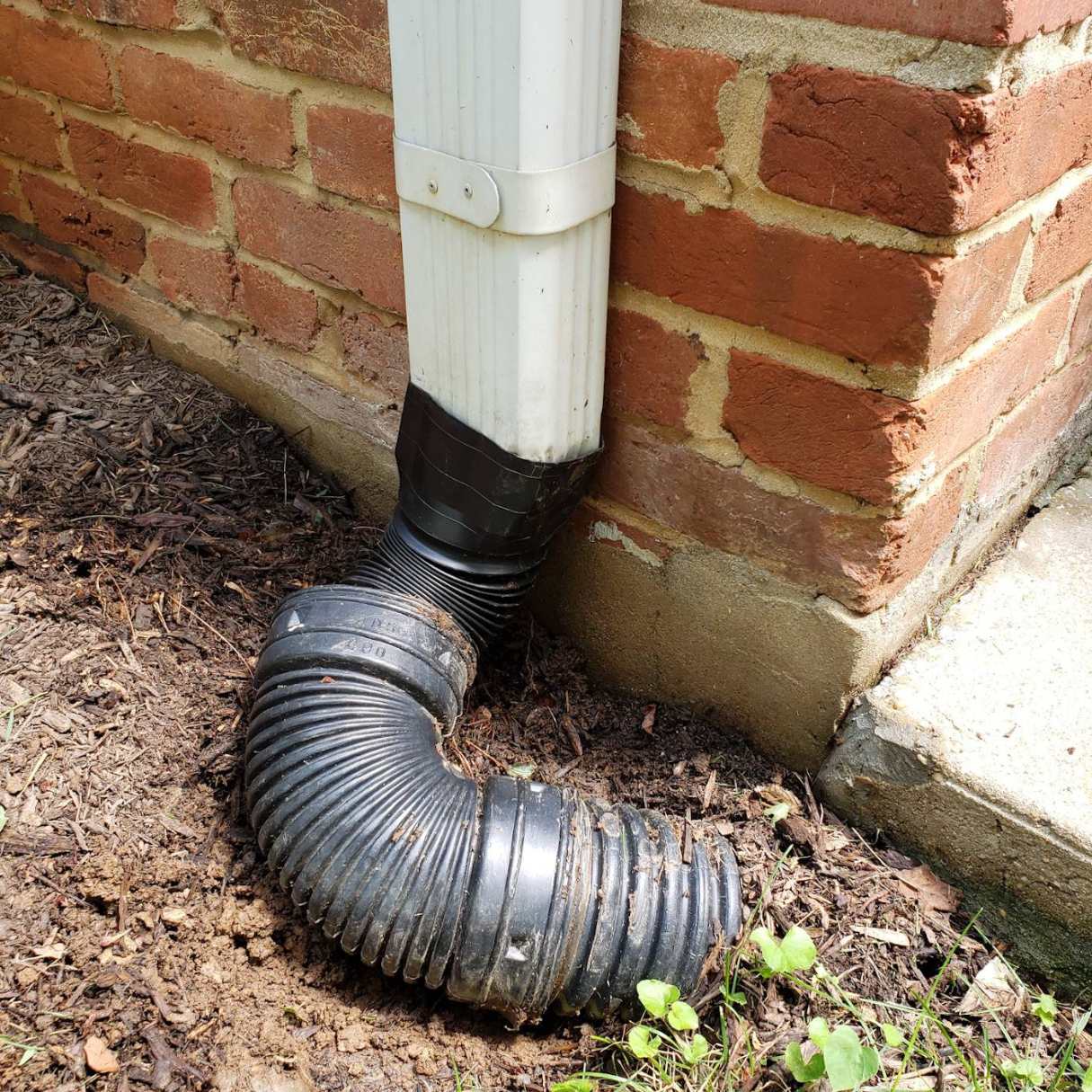
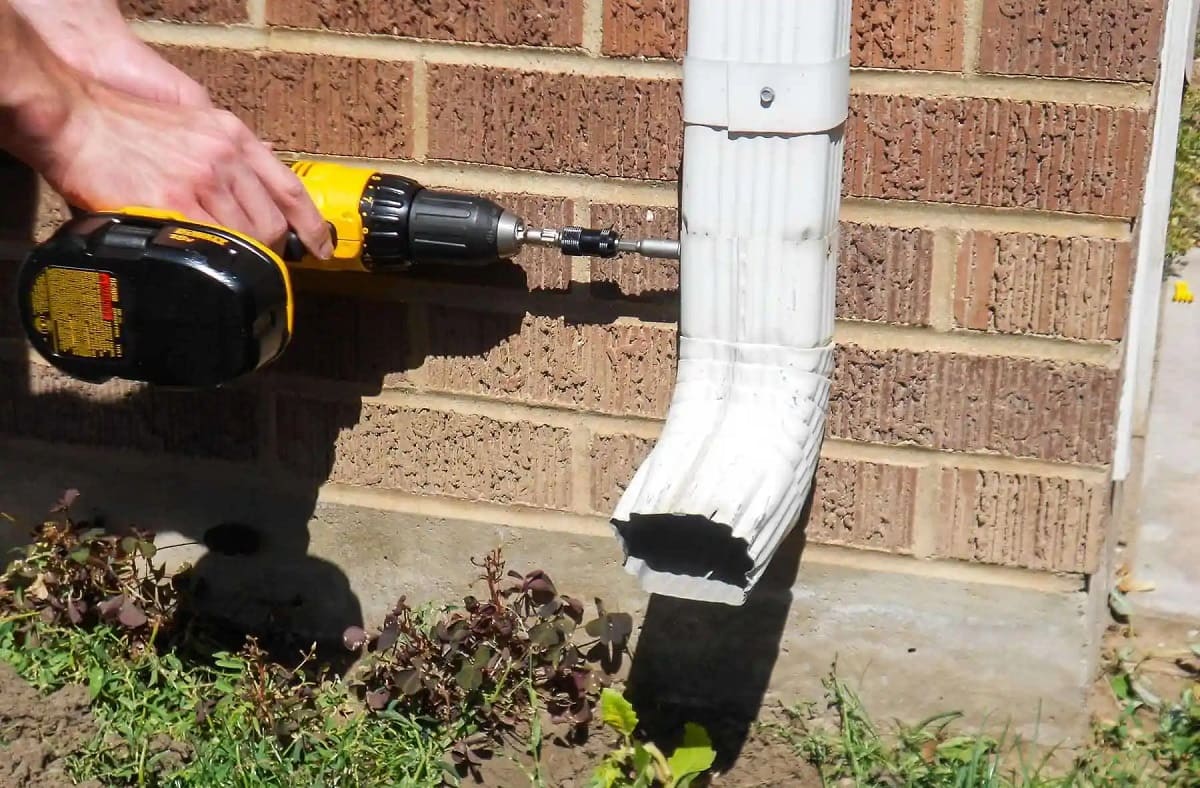
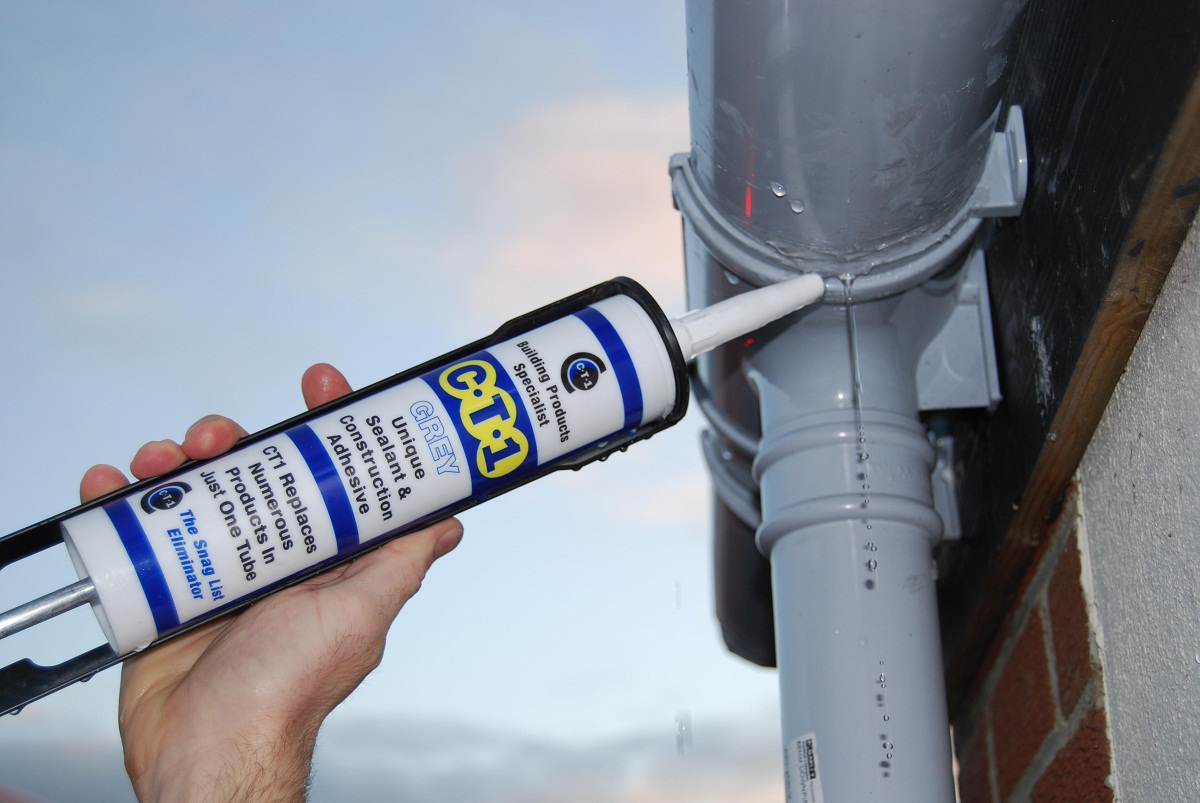


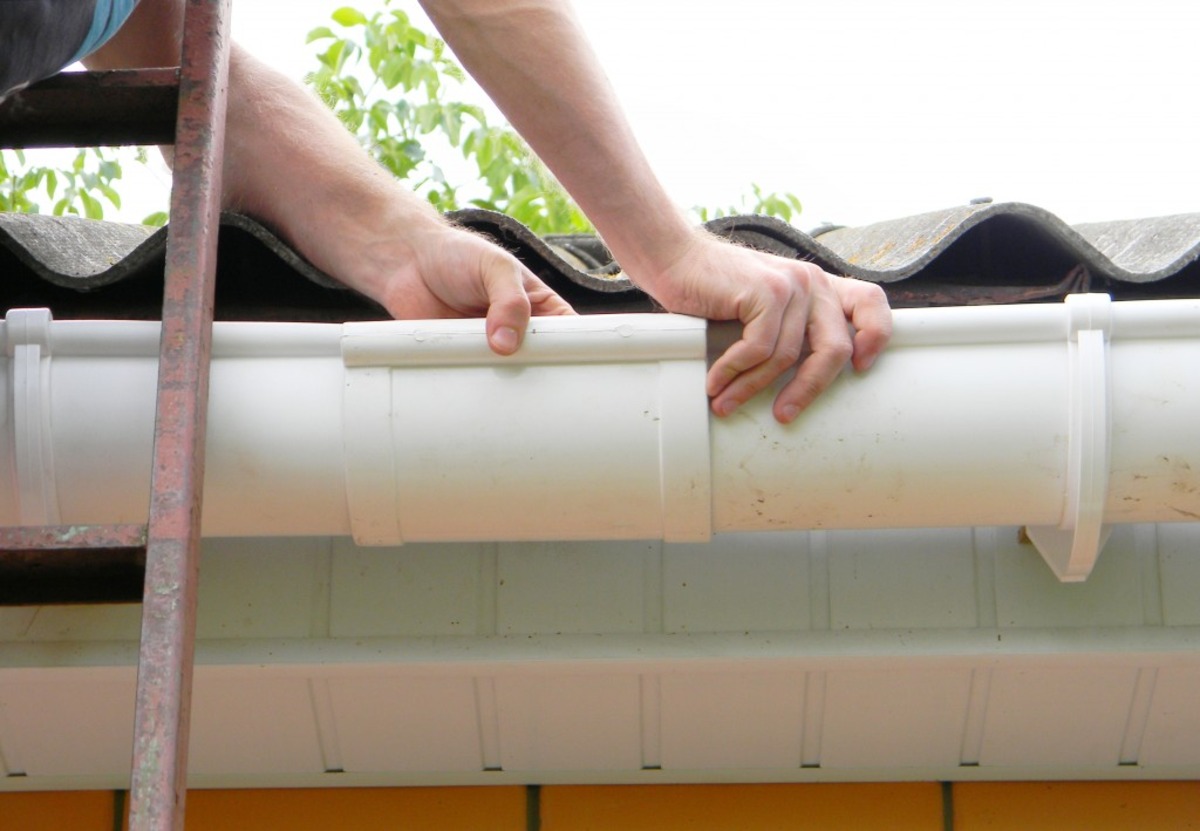
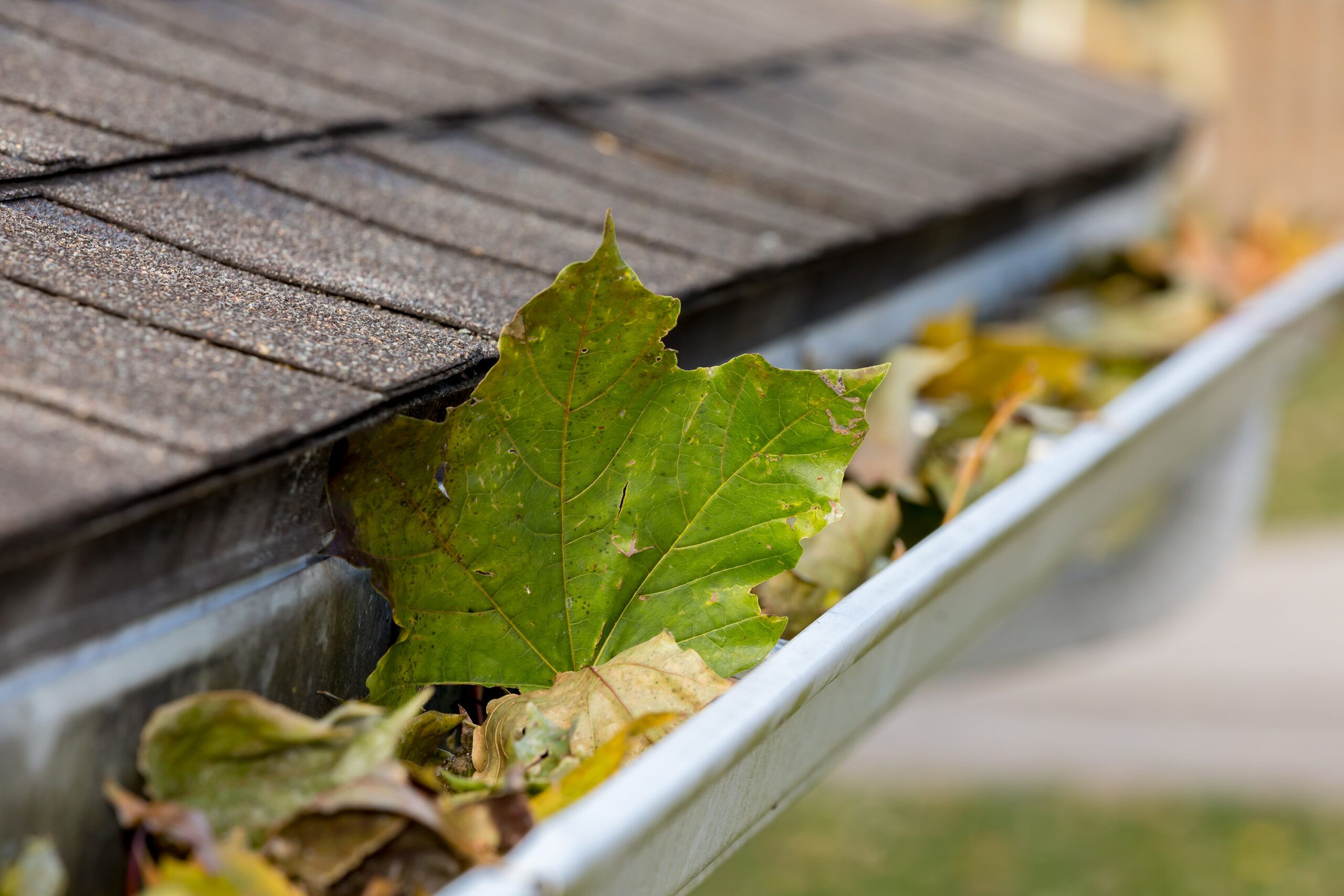
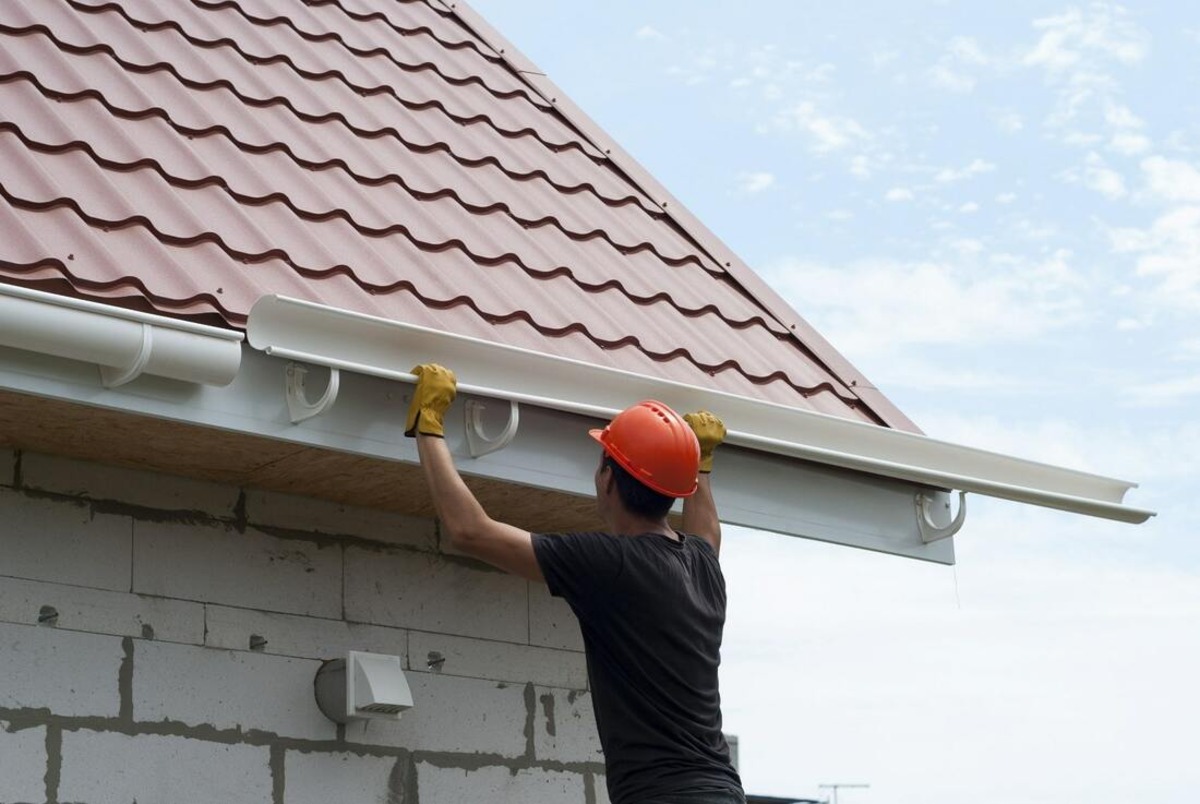
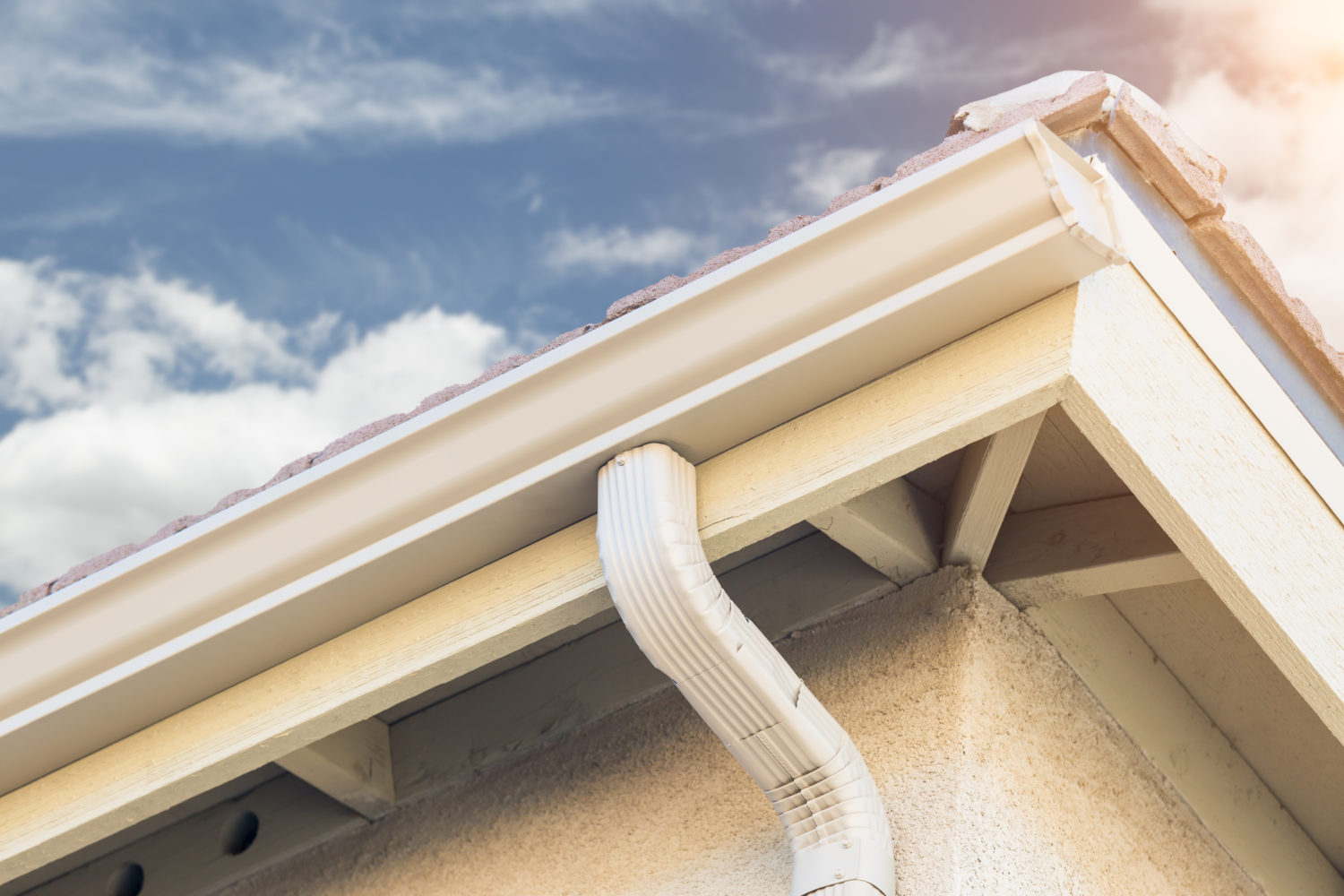

0 thoughts on “How To Size Gutters And Downspouts”